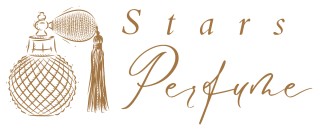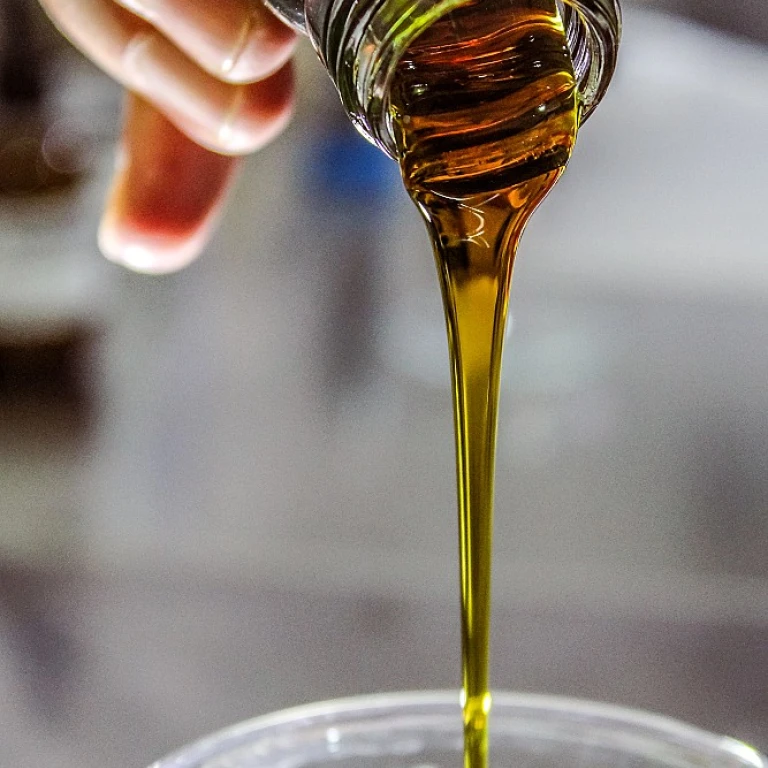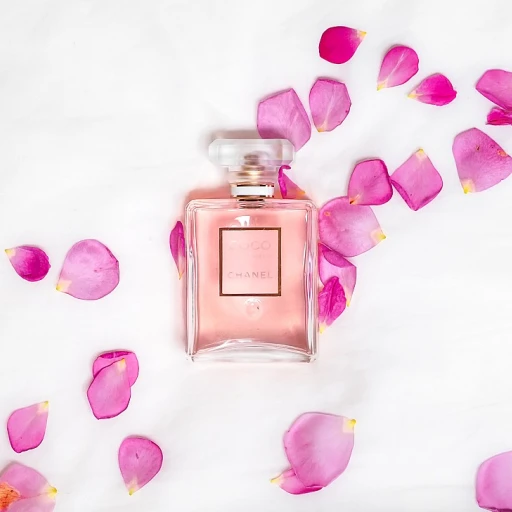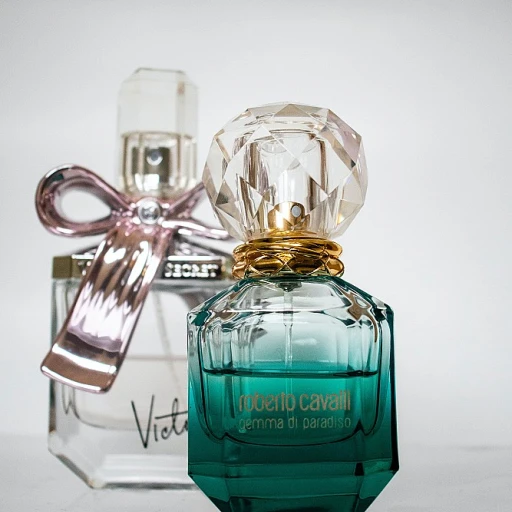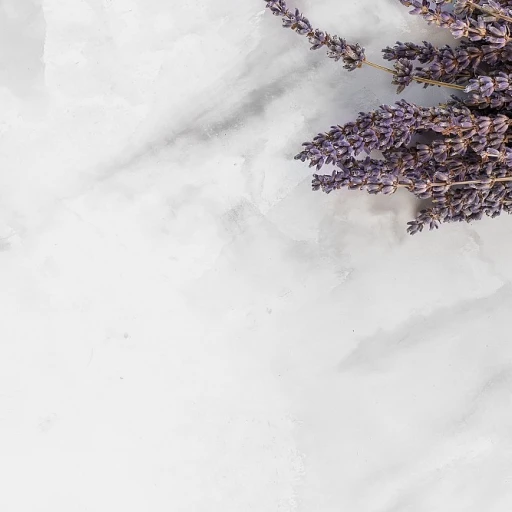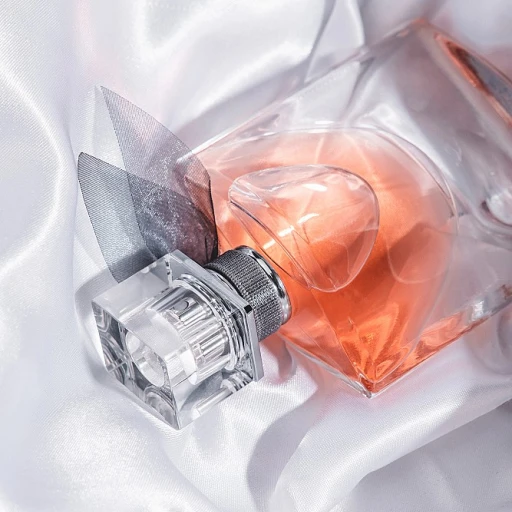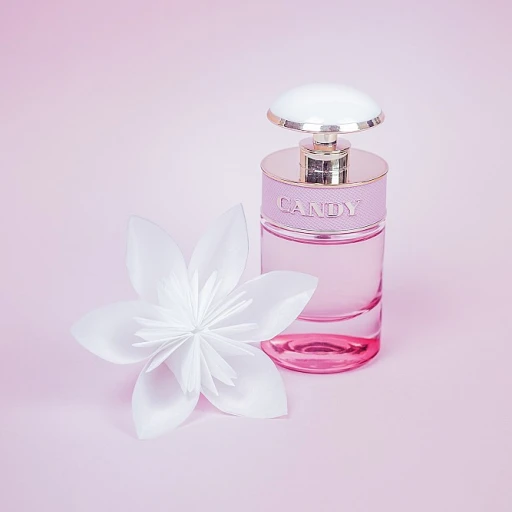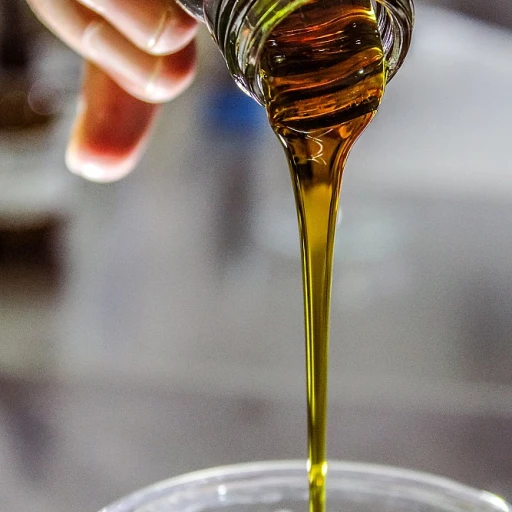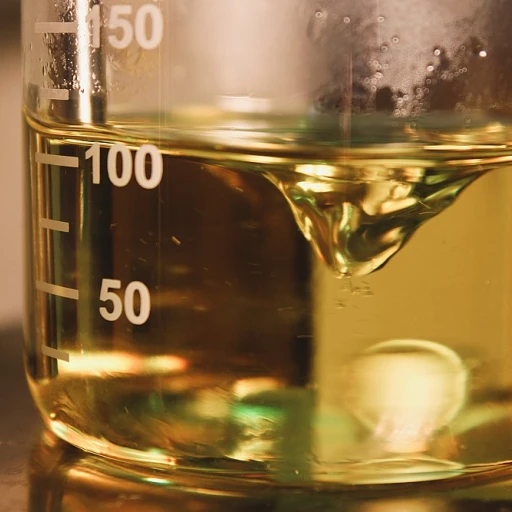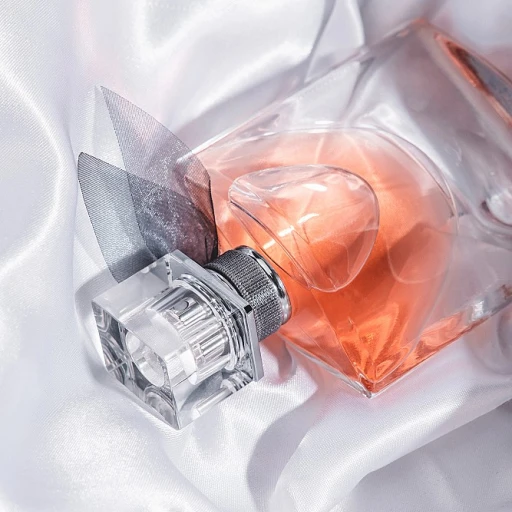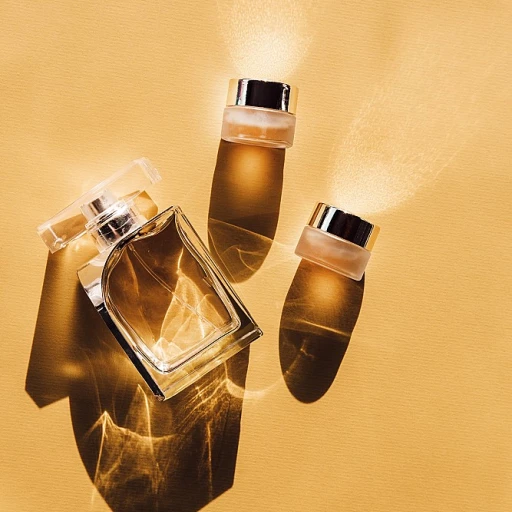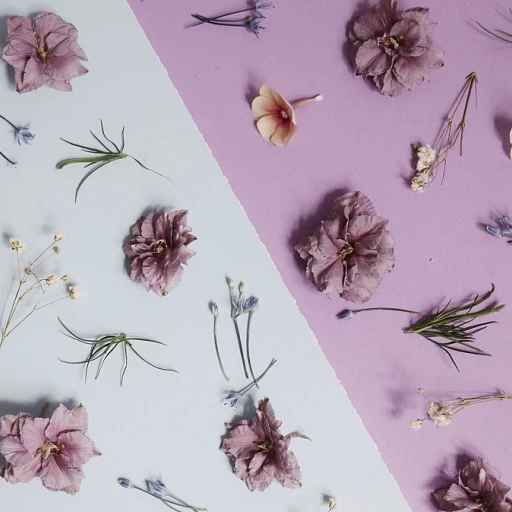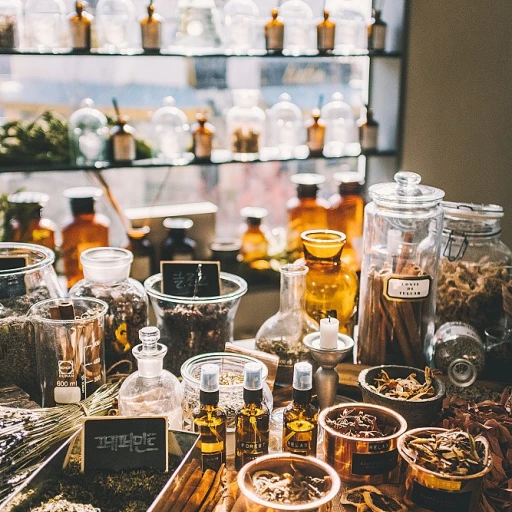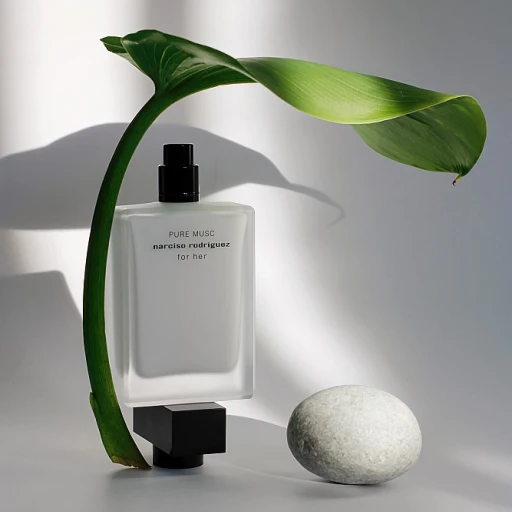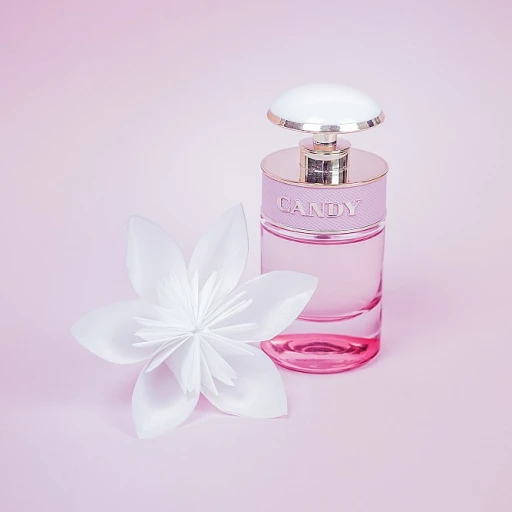
The Origins of Floral Water
Tracing Back the Roots of Timeless Elixirs
The story of floral water is deeply rooted in the history of perfumery and natural cosmetics. Known by many as hydrosols, these essential by-products of distillation have been used since ancient times. Floral waters weren't just a passing trend; they served pivotal roles in skincare and medicine due to their gentle and soothing properties. From the therapeutic uses in traditional medicinal practices to their incorporation in beauty routines, the journey of floral water is a fascinating one. In times long past, the art of distillation was revered as a sacred craft. Floral water was often distilled alongside essential oils but was considered a lesser-known treasure. This process, which remains largely unchanged, involves capturing the steam that arises from boiling fragrant botanical material. As the steam condenses, it forms a water rich in bioactive compounds, lending each hydrosol its own fragrant identity and therapeutic profile, like the calming charm of lavender or the soothing grace of chamomile. The modest yet impactful nature of floral water stems from its origins, offering us a variety of benefits for both skin and hair. Whether you're dealing with sensitive, acne-prone skin or simply wish to enjoy the aromatic aura, floral waters have an undeniable allure. A popular choice for many is rose water, celebrated for its anti-inflammatory properties and universal appeal across different skin types. Today’s consumers continue to value these waters for their delicate touch and natural purity. With a more informed approach to beauty and wellbeing, people now integrate floral waters into diverse rituals, from environmental sprays to hydrating skincare products. These floral elixirs express the essence of the flowers themselves and reflect a legacy defined by both utility and nature's abundance. Explore how signature scents have characterized our sensory experiences through the allure of signature scents, and appreciate how these timeless creations continue to influence today's beauty landscape.How Floral Water is Made
The Crafting Process of Floral Waters
Floral water, often referred to as hydrosol, is a byproduct of the essential oil distillation process. This natural product captures the essence of the plant material, offering a gentler alternative to essential oils. The creation of floral waters involves steam distillation, a method that has been refined over centuries to extract the purest essence from flowers and herbs.
During steam distillation, plant materials such as rose petals, lavender, or chamomile are placed in a distillation apparatus. As steam passes through the plant material, it picks up the essential oils and other volatile compounds. When the steam cools, it condenses back into water, resulting in two products: essential oil and floral water. The floral water retains the water-soluble properties of the plant, making it a versatile and soothing addition to skincare routines.
Unlike essential oils, which are highly concentrated, floral waters are mild and suitable for all skin types, including sensitive and acne-prone skin. This makes them an ideal choice for those seeking a natural and gentle skincare solution. The shelf life of floral waters can vary, but they are best used fresh to maintain their beneficial properties.
For those interested in the broader spectrum of scent profiles, exploring the allure of woody scents in perfumery can provide a deeper understanding of how different elements are combined to create complex fragrances. Exploring the allure of woody scents in perfumery can offer insights into how floral waters complement other fragrance notes.
Benefits of Using Floral Water
The Wealth of Floral Hydrosols
Floral water, also known as hydrosol, encompasses a wide range of beneficial properties that are essential for both skincare and overall well-being. One of the most notable advantages of using floral waters lies in their natural soothing qualities. Benefiting various skin types, from the driest patches to those prone to oil imbalances, hydrosols like rose water or lavender hydrosol provide gentle, calming effects. Naturally enriched with vitamins and minerals, these waters form an integral part of numerous skincare products. Their ability to balance the skin's pH levels makes them a popular choice in routines aimed at maintaining smooth, healthy skin. An example of their widespread appeal is their anti-inflammatory properties, which offer relief to irritated skin and reduce redness. Moreover, floral hydrosols act as a vehicle for delivering the benefits of essential oils in a diluted form. This makes them suitable for sensitive skin, enabling users to derive the essential benefits without the potential irritations of undiluted oils. For instance, rose hydrosol combines the aromatic essence of rose essential oil and the purity of water, creating a naturally soothing elixir evolved from rose floral. Beyond skincare, the application of floral waters extends to hair care, providing hydration and a subtle fragrance. Rose water's adaptability is reflected in its dual functionality as a refreshing facial mist and a nourishing hair spritz. For those inclined to incorporate floral waters into daily rituals, exploring the allure of Blue Moon fragrances can offer additional sensory experiences, harmonizing fragrance with soothing skin rituals. The benefits of floral waters, thus, are diverse and versatile, with their pure and natural properties marked by lasting efficacy and gentle fragrance.Floral Water in Perfumery
The Role of Floral Waters in Fragrance Creation
Floral waters, often referred to as hydrosols, play a significant yet understated role in the world of perfumery. These waters, byproducts of the essential oil distillation process, retain traces of essential oils and their properties, offering a gentle alternative to concentrate-based fragrances. Their subtlety makes them ideal for creating scents that are light, soothing, and versatile, perfectly complementing the more robust components of a perfume. In perfumery, floral waters are used to enhance the depth and complexity of a fragrance. For instance, rose water, known for its distinct and evocative aroma, adds a romantic and timeless touch to perfumes. Similarly, lavender hydrosol can introduce calming and fresh notes, while orange blossom presents a sweet, delicate signaturethat can uplift the sensory profile of a scent. The versatility of these waters allows them to cater to myriad skin types. Their natural, pure nature makes them a favored choice in crafting lighter scents that can be comfortably worn by individuals with sensitive or prone skin. Utilizing floral waters also offers practical benefits. Their anti-inflammatory properties can help to soothe the skin when applied, making them a popular component in skincare products and hair care alike. However, it is essential to consider their shelf life to maintain the quality and efficacy of the perfumes. Proper storage in cool and dark environments helps prolong their longevity, ensuring that they continue to impart their delicate fragrance without compromise. Integrating these waters into perfumery not only enriches the olfactory experience but also aligns with the natural and holistic trends popular in today’s fragrance world.Popular Types of Floral Water
Embracing the Wide Spectrum of Floral Waters
Floral waters come in a variety of types, each offering its own unique scent profile and beneficial properties. The diversity of these floral hydrosols makes them suitable for a wide range of skin types and personal preferences.- Rose Water: This is perhaps the most renowned of all floral waters. Loved for its soothing aroma, rose water is often used in skincare products due to its anti-inflammatory properties. It can help calm irritated skin and is well-suited for those with sensitive or acne-prone skin. Rose hydrosol, a type of rose water, is known for its purity and its ability to balance and hydrate the skin.
- Lavender Water: Known for its calming and therapeutic effects, lavender floral water is favored for its ability to relax the mind and soothe the skin. It is especially beneficial for oily or combination skin types, helping to cleanse and tone while reducing excess oil production.
- Chamomile Water: This gentle floral water is praised for its soothing and anti-inflammatory benefits. Chamomile floral water is ideal for dry or sensitive skin, providing a calming effect that can reduce redness and irritation.
- Orange Blossom Water: With its uplifting and fresh fragrance, orange blossom water is often used in perfume blending for its light, crisp scent. It offers moisturizing properties that make it beneficial for all skin types, enhancing the complexion and providing a refreshing feel.
- Witch Hazel Water: While technically not a true floral water, witch hazel is a popular inclusion due to its powerful astringent properties. Often used in toners, it effectively tightens pores and reduces inflammation, making it suitable for oily and acne-prone skin.
Incorporating Floral Water into Daily Life
Embracing the Indulgence of Botanical Mists
Incorporating floral water into your daily regimen can be both a luxurious and beneficial decision for your skin and senses. These pure, natural hydrosols, such as rose water and lavender water, can transform your skincare routine, offering an array of soothing and anti-inflammatory properties. Here's how to include these floral waters into your daily life:- For Skincare: Floral waters can work wonders for various skin types, from oily to sensitive to prone skin. Simply mist rose hydrosol or chamomile floral water on your face after cleansing. This acts as a toner, helping balance your skin’s pH and tightening pores. For those with inflammation or redness, witch hazel or lavender water provides calming relief.
- Boosting Moisturizers: Enhance your regular skincare products by adding a splash of hydrating floral water. This technique helps lock in moisture and imparts a subtle, natural fragrance. Essential oils floral, when combined with water rose or lavender, can amplify the product's benefits.
- Hair Care: Applying floral water to your hair can give it an aromatic sheen and softness. Rose floral water can be misted onto your scalp to invigorate hair follicles, while orange blossom water can add a refreshing scent and shine to your locks.
- Relaxation and Well-being: Incorporate floral waters into your self-care rituals. A spray of lavender water on pillows can promote a restful sleep, while chamomile oils floral water added to a warm bath can create a tranquil spa-like experience at home.
- DIY Practices: With their versatile properties, these waters can be used to craft custom skincare masks or mixed with essential oil blends to create personalized hydrosols that cater to your unique needs.
